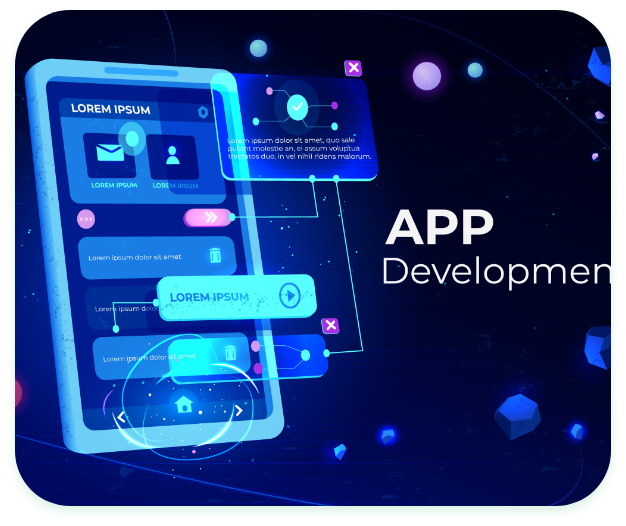Ready to build an app?
Subscribe for a free guide
info@zector.io
+1 (276) 218-2213
© Zector, LLC 2020


First, we start understanding your core business objectives and create a roadmap to outline your goals, timeline, challenges, plan for dealing with the challenges, and actionable steps to execute the plan. Your stakeholders will meet with our project team for a research engagement tailored to fit your project. After the meeting we will type up a report with major takeaways of the meeting, and weigh in with additional insights and observations.
During this phase we take a content driven approach to design. Before we design any visual components we work with your stakeholders to explore your brand identity and determine the copy that will be displayed on this application. Once the copy is created we take an iterative, revision based approach to visual design and wireframing in order to build the desired experience for your users. Throughout the design process, we get your feedback weekly before implementation.


Development is kicked off with a scheduled call with you to restate our objectives and confirm how we will communicate throughout the rest of this project. We believe in consistent communication for all of our projects. We use a project management tool so we can share weekly written status updates, track individual engineer tasks, resolve issues, and provide access to shared documents.
During this phase we craft manual and automated testing scripts to ensure new code added is operating efficiently. We also perform security testing on the application to ensure the application meets any compliance standards and verify that the application is secure.


For our deployment process we set up a development environment in the cloud that allows our engineers to deploy quickly and save the source code to a repository. We also work with you to mitigate any risks during the launch of this project. After a successful launch going forward we can accept any feedback, handle any support inquiries and rollout new features required by your users.